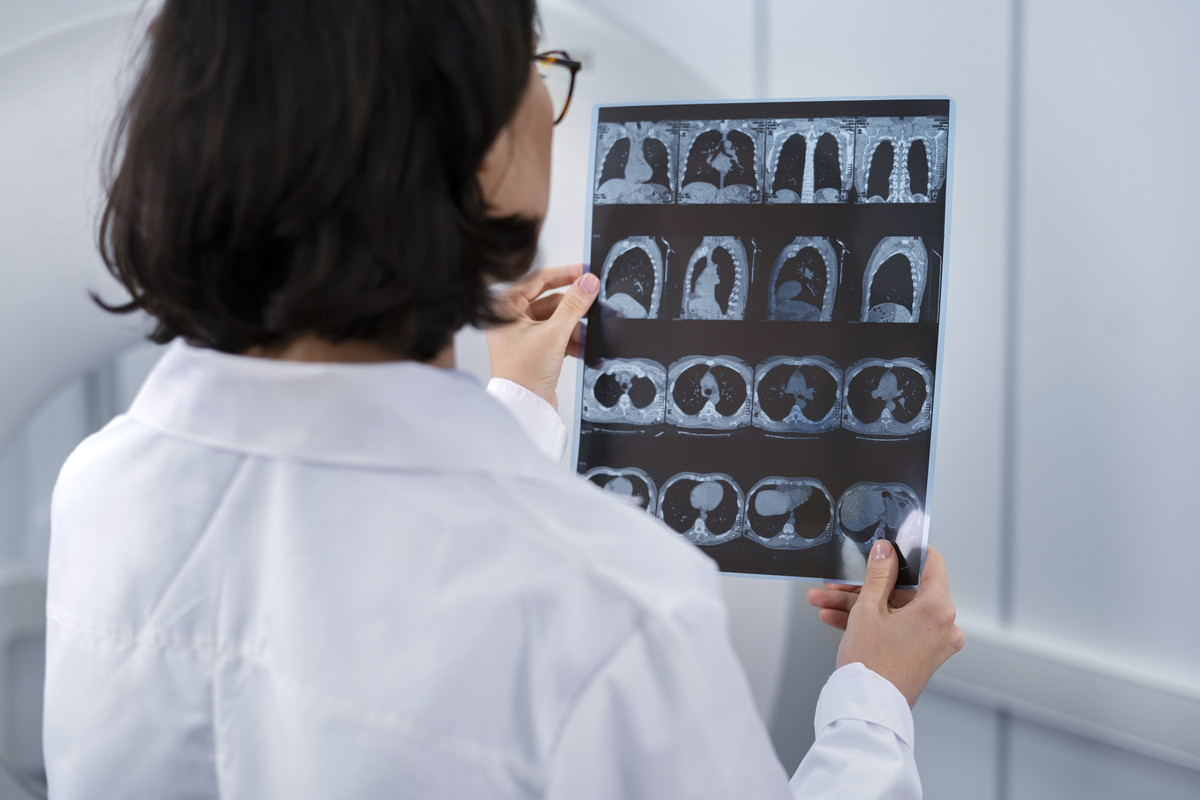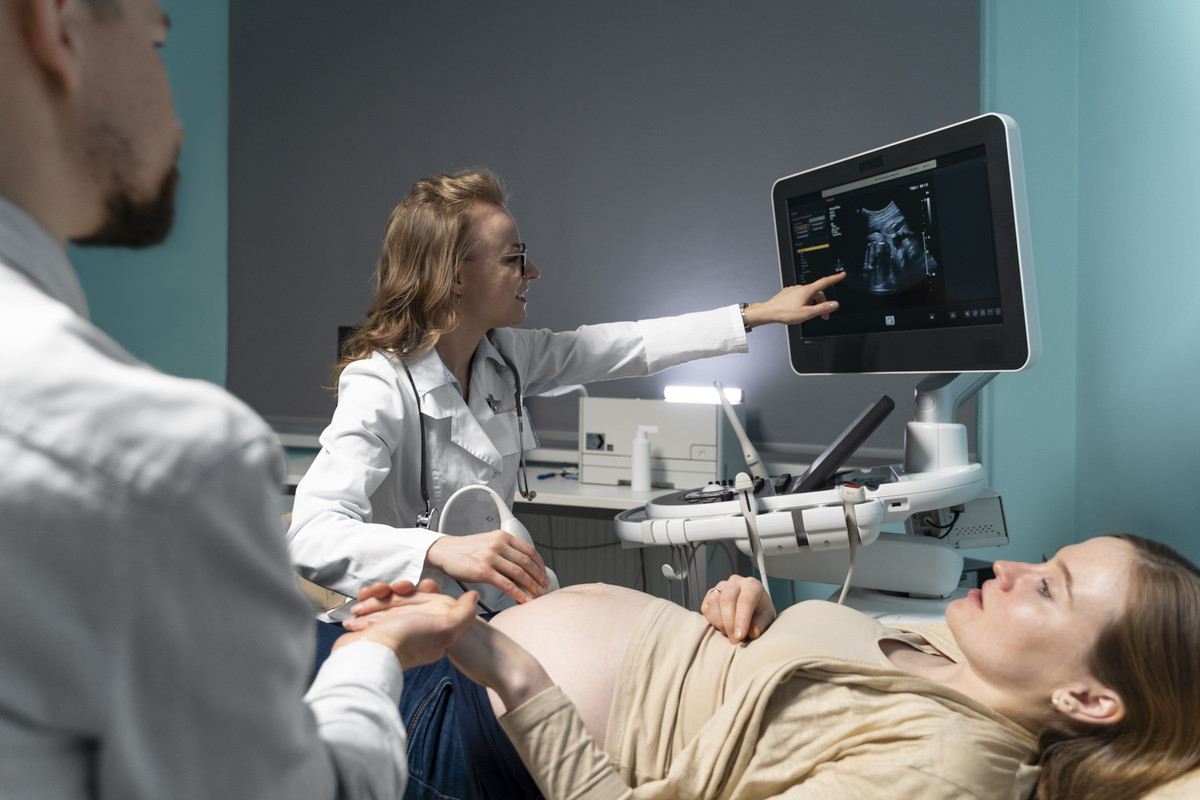Are you planning to undergo an X-ray procedure soon and curious about the related risks? Or are you an aspiring medical student keen to understand safety precautions in the medical world? In either case, awareness is key to ensuring you, or potentially your patients, are safe and prepared – which makes today's topic, the safety nets involved in X-ray procedures, particularly important.
The very word 'X-ray' often incites a sense of unseen danger. Yet, these powerful imaging technologies, used right and secure, are more friend than foe. They reveal our internal blueprints with absolute clarity, making it possible for health professionals to diagnose and treat conditions that might otherwise remain concealed. This blog will demystify X-ray procedures, assuring you that safety is, indeed, possible with the right precautions.
We will shine a light on the inherent risks of X-rays and how in-depth knowledge and meticulous execution of safeguard procedures can minimize them. From understanding essential radiation protection principles to evaluating pros and cons, this discussion will arm you with critical insights and assurance.

Unveiling the Whys and How’s of Radiation Safety
It's impossible to talk about X-rays without mentioning radiation safety. When X-ray beams pass through the body, they produce an image based on densities they encounter. This helpful technology, however, comes with inherent risks as exposure to ionizing radiation has the potential to damage cells. So, how do we harness the advantages without compromising safety?
Firstly, we must know our 'ALARA', an acronym standing for 'As Low As Reasonably Achievable'. This principle seeks to minimize radiation doses and any unnecessary exposure. Secondly, adoption of protective equipment and environments are a must. Finally, vigilance on radiation doses during the examination process help ensure only 'just-enough' exposure.
In essence, safety precautions during X-ray procedures ensuring the patient's and healthcare professional's well-being are a delicate balance between effectively using the technology.
The Technological Side
X-ray machines were invented more than a century ago, and while the principle remains the same, diligent research and advancements have brought us safer and more efficient models.
Superior machinery design and regulated operating procedures substantively minimize radiation exposure. Constant advancements mean elective replacements with newer, safer machines. Modern protocols now include dose reduction techniques like shielding, collimation, and appropriate exposure settings - each playing a part in lowering overall radiation risk.
Ushering in a new wave of safety, we now have digital radiography which leverages computer technology to capture and manipulate images, reducing the need for higher radiation doses.
The Human Factor
While we can rely on advanced technology and robust procedures, the human factor cannot be overstated. An operator's in-depth knowledge of equipment and procedures, accompanied by the patient’s cooperation in complying with safety instructions, play a critical role in the safety of X-ray procedures.
From positioning the patient correctly to the actual operation of the machine, required tasks necessitate meticulous care and precision. Furthermore, clear communication between the radiologist and patient regarding any potential risks and the purpose of the procedure is a step towards overall safety.

Exploring the Benefits
Unsurprisingly, the benefits and risks of X-ray procedures have been a topic of debate for years. On one hand, they offer precise, non-invasive insight into the body's internal workings, making it invaluable for early detection and treatment.
However, the potential for overuse or misuse cannot be ignored. In cases of unnecessary procedures or incorrect operation, individuals might receive higher than required doses of radiation.
An essential safeguard is the robust vetting of their necessity. Rather than turning to X-rays as a first course of action, they should be deemed essential after thorough evaluation of the patient's condition and alternative diagnostic methods.
The Regulatory Environment
Globally, regulatory bodies exist to protect patients, workers, and the public from potential radiation hazards. These bodies establish safety standards, limit acceptable radiation levels, and monitor compliance regularly.
Through these guidelines, any deviation or non-compliance can be detected and corrected promptly. These regulatory safety nets offer a layer of protection, ensuring that all X-ray procedures adhere to the latest safety standards and best practices.
Conclusion
In our journey through the world of X-ray procedures, we've uncovered that risk and reward co-exist. However, through awareness, continuous learning, and a commitment to safety via technology, regulations, and human accuracy, we can minimize risks significantly.
The power of X-rays should and can be harnessed for medical benefits without undue radiation exposure. Remember that every medical tool or procedure, though often lifesaving, comes with its share of tasks. With the right safeguards in place, the scales will always tilt more towards benefits than risks.
Essentially, minimizing risks in X-ray procedures is a shared responsibility – between those who create guidelines, those who operate devices, and those who undergo procedures. Together, we can ensure that these illuminating explorations into the human body remain safe, insightful ventures.
As once said, "Safety does not happen by accident." And indeed, it shouldn't, for health is our most invaluable asset.






No comments:
Post a Comment